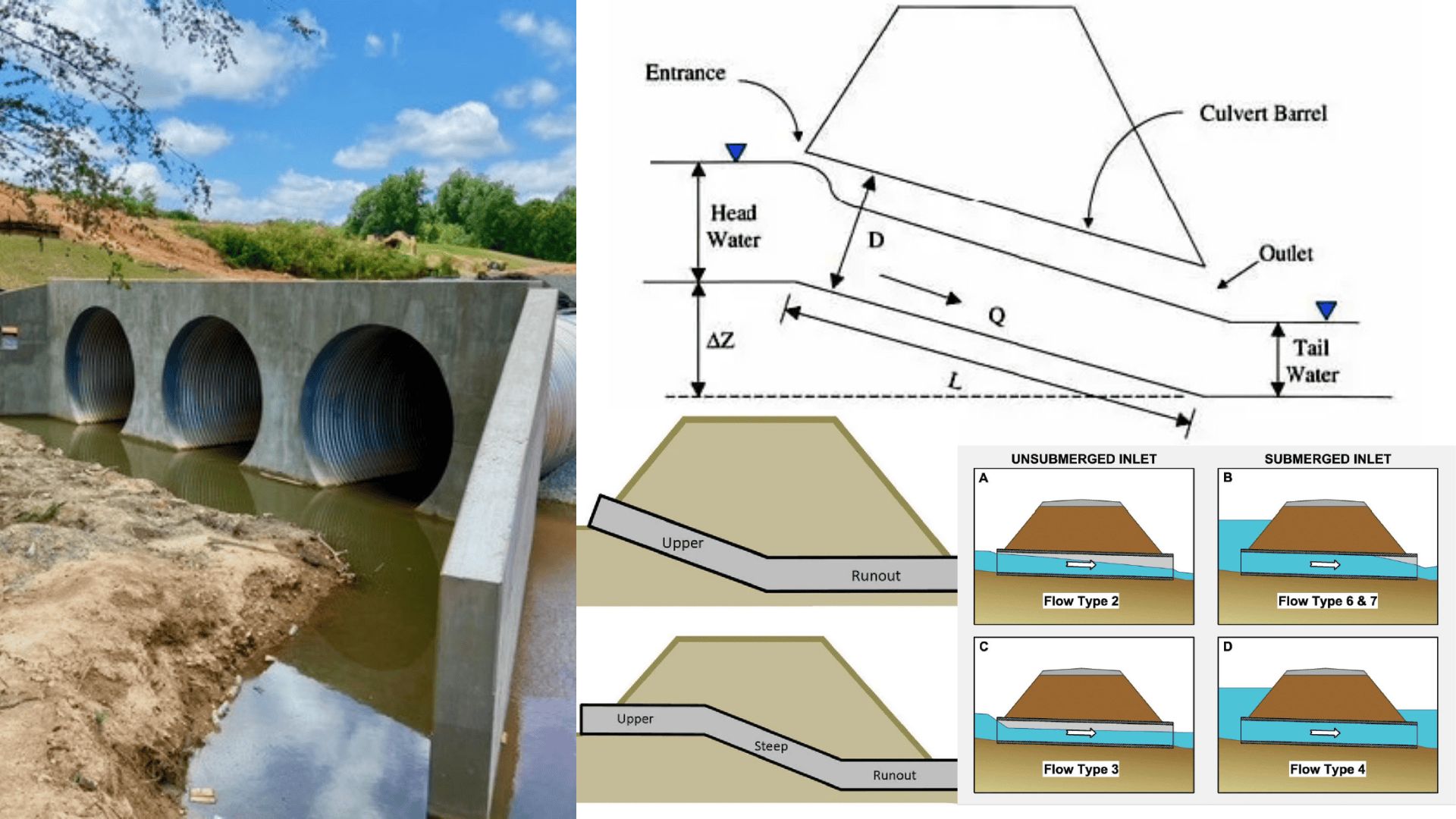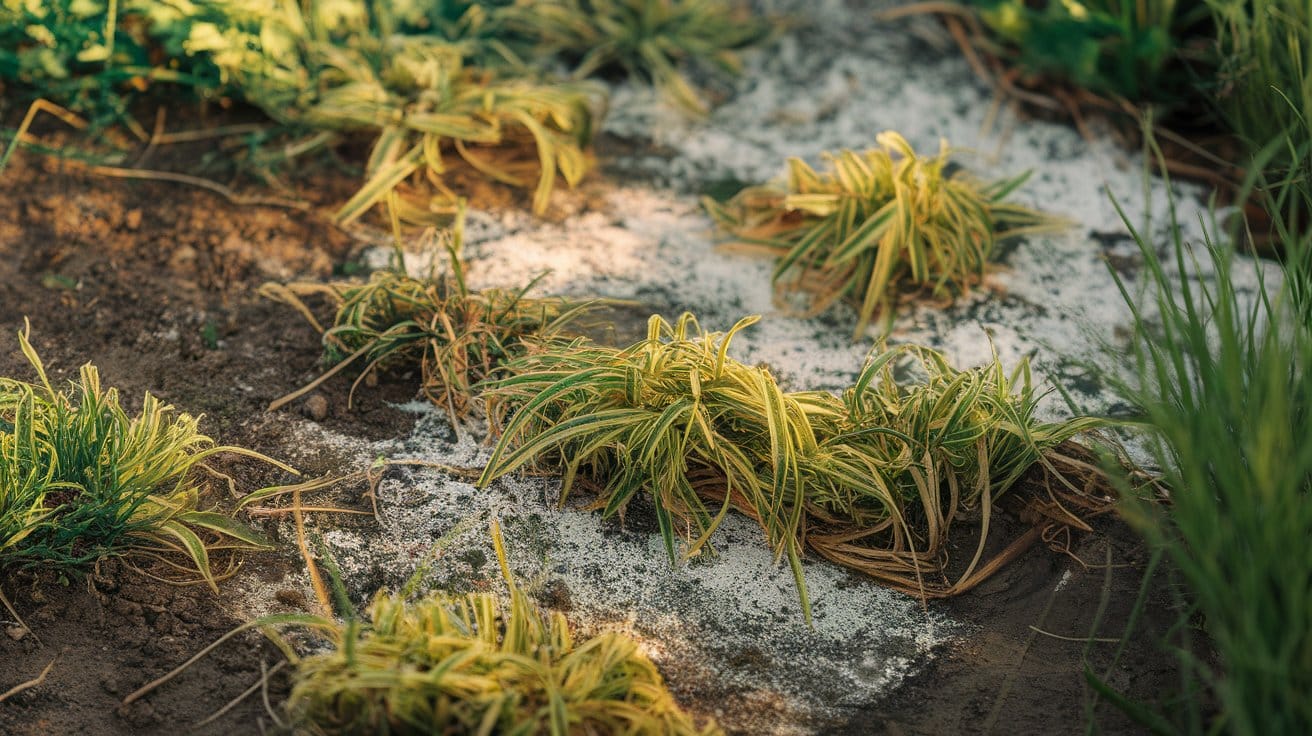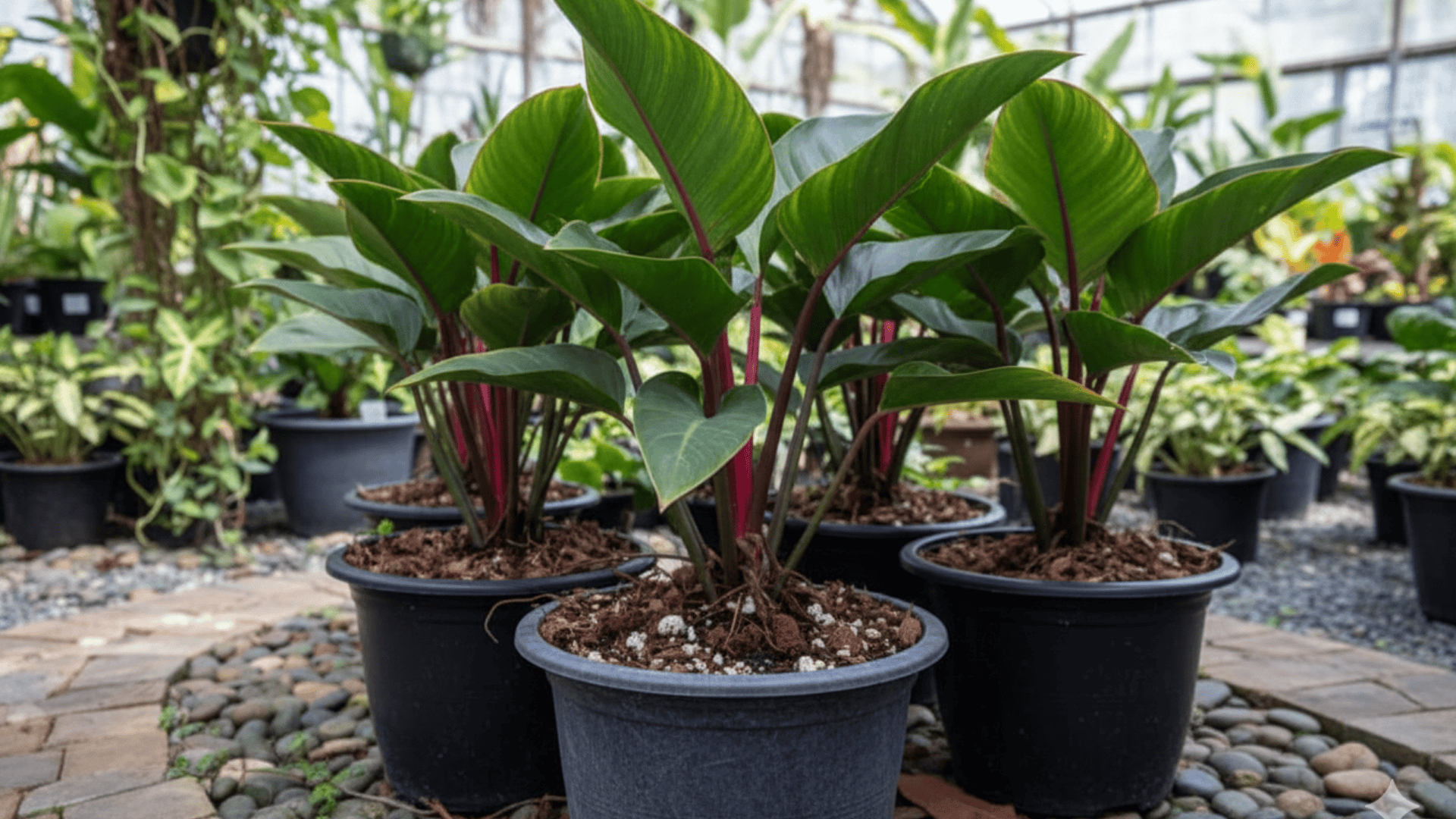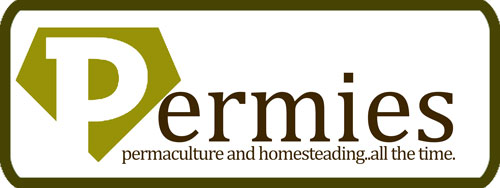Culverts are a common part of modern infrastructure, found beneath roads, railways, and pathways, yet few people notice them or understand their importance.
These simple-looking structures serve a critical purpose: they control water flow, reduce flooding, and prevent erosion that can damage surrounding land and property.
Even though they are found almost everywhere, culverts are often misunderstood and overlooked.
For engineers, planners, and property owners, understanding how culverts work and what causes them to fail is essential for maintaining safe, reliable drainage systems.
The sections ahead explain these systems in clear, practical terms, making hydraulic concepts easier to apply in everyday situations.
What is a Culvert?
Culvert Definition: A culvert is a conduit or tunnel-type structure that allows water, such as streams, stormwater runoff, or other flows, to pass beneath an obstruction like a road, railway, or embankment.
Unlike bridges, culverts are typically enclosed structures embedded within soil or embankment material, making them distinct from both bridges and open channels.
Engineers generally classify structures with spans less than approximately 6 meters (about 20 feet) as culverts rather than bridges, though this distinction can vary by jurisdiction and specific design standards.
Types of Culverts and Their Design Variations

Culverts come in multiple shapes and materials, each designed to suit specific site conditions, hydraulic requirements, and load capacities.
Choosing the right combination ensures durability, efficient flow, and long-term structural stability.
Common Shapes:
- Circular (pipe culverts)
- Box culverts (rectangular)
- Arch culverts
- Elliptical culverts
Common Materials:
- Corrugated metal
- Reinforced concrete
- High-density polyethylene (HDPE)
- Composite structures
The choice of shape and material depends on factors including site conditions, expected flow volumes, structural load requirements, and budget constraints.
Key Culvert Terminology & Components
Understanding culvert terminology is crucial for anyone involved in their design, installation, or maintenance.
Here are the fundamental components and terms:
| Structural Components | Ancillary Structures | Hydraulic Terms |
|
Inlet |
Headwall |
Invert Slope |
Additional Hydraulic Concepts:
- Hydraulic Losses: Energy losses due to friction, turbulence, and flow transitions.
- Roughness: Surface texture that affects flow resistance (Manning’s n coefficient).
- Flow Transitions: Changes between subcritical and supercritical flow regimes.
Hydraulic Principles of Culvert Design

The hydraulic performance of a culvert relies on fundamental principles of fluid mechanics.
Engineers must consider multiple factors to ensure adequate capacity and safe operation.
1. ContinuityEquation
The basic relationship Q = A × v (where Q is flow rate, A is cross-sectional area, and v is velocity) governs flow through the culvert barrel.
2. Energy & Head Loss
Water loses energy through friction, turbulence, and elevation changes, so minimizing entrance and exit losses improves efficiency and prevents flooding.
3. Inlet Control vs. Outlet Control
The distinction between these two flow regimes fundamentally affects culvert performance:
- Inlet Control occurs when the culvert’s entrance limits flow capacity, influenced by factors such as inlet shape, headwater depth, and wingwall design.
- Outlet Controloccurs when downstream conditions limit discharge capacity, influenced by tailwater elevation, barrel characteristics, outlet conditions, and total head available.
4. Inlet Design Impact
Rounded or beveled inlets with 30–45° flared wingwalls reduce entry losses and improve flow efficiency compared to square or perpendicular designs.
5. Debris & Blockage
Sediment, vegetation, and trash can restrict flow, raising headwater levels and causing backflow or overtopping. Regular cleaning prevents capacity loss.
6. Hydraulic Improvements
Performance can be enhanced with larger barrels, smoother inlets, improved alignment, and outlet protection like riprap or energy dissipators.
Culvert Design and Installation Considerations
Proper culvert design and installation require a multidisciplinary approach that integrates hydrology, hydraulics, structural, and geotechnical engineering principles.
Each design element contributes to the long-term stability, safety, and efficiency of the drainage system.
1. Hydraulic and Structural Design:
Culverts must manage design flow rates (10–100-year storm events) while resisting loads from soil, traffic, and water pressure.
Proper sizing ensures capacity for future development and reduces overtopping or erosion.
Rigid culverts (concrete) depend on inherent strength, while flexible ones (metal or plastic) rely on soil support.
2. Bedding, Backfill, and Erosion Control:
A stable base and well-compacted backfill (90–95% density) are essential for structural stability.
Use riprap, aprons, or vegetation around inlets and outlets to prevent scouring and maintain soil integrity.
3. Environmental and Ecological Integration:
Modern designs aim to support fish passage, sustain aquatic habitats, and preserve natural flow.
Proper culvert placement and slope help maintain environmental balance while improving long-term functionality.
Common Culvert Problems, Failures & Mitigation
Culverts can fail in various ways, each requiring different remediation approaches.
The table below summarizes common failure modes, their underlying causes, and proven strategies for addressing each problem type.
| Problem Type | Common Causes | Solution Strategies |
|---|---|---|
| Structural Collapse | Poor design, inadequate compaction, and foundation erosion | Slip-lining, replacement, void grouting |
| Corrosion | Acidic conditions, de-icing salts, sediment abrasion | Corrosion-resistant materials, protective coatings |
| Joint Failure | Joint separation, soil infiltration | Joint sealing, structural reinforcement |
| Undersizing | Exceeded capacity, upstream development | Parallel culverts, larger replacement, inlet modifications |
| Excessive Velocities | Steep slopes, inadequate outlet protection | Energy dissipators, outlet aprons, riprap |
| Sedimentation | Low velocities, poor maintenance | Regular cleaning, slope adjustment |
| Debris Blockage | Woody debris, trash, ice, vegetation | Debris racks, maintenance frequency increase |
| Fish Passage Barriers | High velocities, perched outlets | Baffles, outlet lowering, natural substrate |
Example Case Studies & Practical Applications of Culvert
Practical examples demonstrate how culvert design decisions impact performance and longevity.
These case studies highlight common challenges and effective solutions from actual projects.
Case Study 1: Inlet Improvement Project
|
A rural highway frequently experienced flooding during intense rainfall events, with water overtopping the road at a culvert location. Investigation revealed that the culvert barrel had adequate capacity, but a square-edge inlet with perpendicular wingwalls created excessive entrance losses, causing inlet control conditions. The solution involved retrofitting the inlet with a precast concrete structure featuring a rounded entrance and wingwalls flared at 30 degrees. Post-construction monitoring during comparable storm events showed:
This project demonstrated how relatively simple inlet modifications can significantly improve performance without costly barrel replacement. |
Case Study 2: Material Performance Comparison
|
A transportation agency compared the long-term performance of different culvert materials in similar settings across multiple sites. Their 30-year evaluation examined:
Key findings included:
The study emphasized that material selection must consider site-specific conditions rather than relying on a one-size-fits-all approach. |
Case Study 3: Failure Analysis and Lessons Learned
|
A box culvert failure during a major storm event resulted in road closure and significant repair costs. Post-failure investigation revealed multiple contributing factors:
The replacement design incorporated:
This case illustrates the importance of considering changing conditions over a culvert’s service life and implementing proper maintenance programs. |
Conclusion
Culverts do much more than channel water; they safeguard communities, preserve roadways, and maintain the natural balance between land and waterways.
As extreme weather events become more frequent, these structures play an increasingly vital role in flood prevention and erosion control.
A well-designed culvert not only supports infrastructure but also sustains local ecosystems by allowing safe fish passage and natural water flow.
Have you encountered culvert issues in your community, or do you have experience with culvert design and installation?
Share your insights and questions in the comments below.
We’d love to hear about your experiences with these essential infrastructure elements!
Frequently Asked Questions
What Is the Difference Between a Culvert and a Bridge?
The main difference is that culverts are enclosed, shorter structures (usually under 20 feet span) embedded in embankments, while bridges are open structures spanning longer distances with separate foundation systems.
Can Culverts Be Installed on Steep Slopes?
Yes, but steep installations require special considerations, including energy dissipation structures, erosion control measures, and potentially stepped designs to manage high velocities and prevent downstream damage.
What Causes Culverts to Rust or Deteriorate Faster?
Acidic soils, de-icing salts, abrasive sediment, stray electrical currents, and poor drainage around the structure accelerate deterioration, particularly in metal culverts exposed to moisture and corrosive elements.















